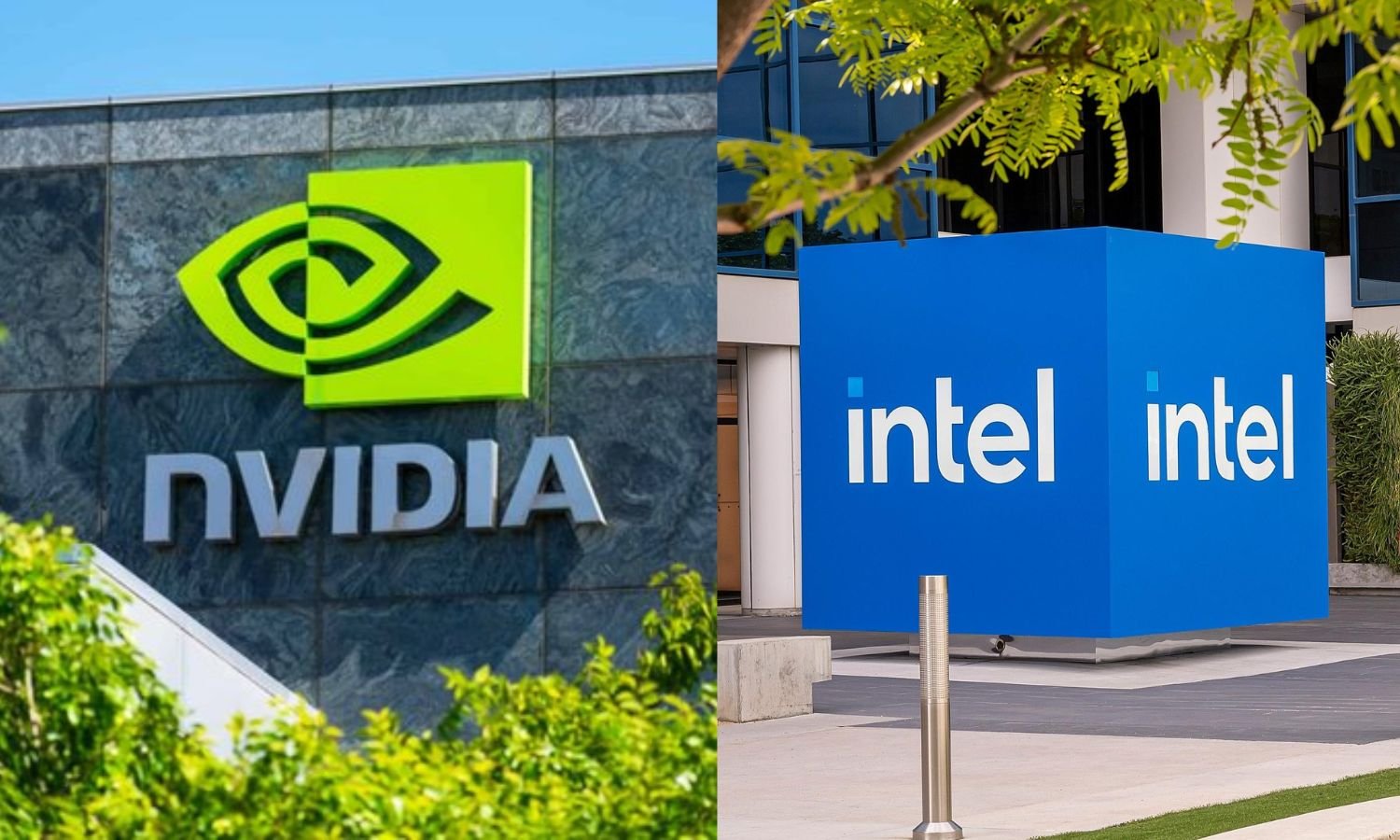As the race for artificial intelligence (AI) supremacy intensifies, OpenAI and Google are urging the U.S. government to implement strategic policies to secure the nation’s leadership in AI. Both companies warn that while the U.S. remains at the forefront of AI innovation, its lead is not guaranteed—particularly as China aggressively pushes to surpass American AI capabilities by 2030.
In letters to the Office of Science and Technology Policy (OSTP), both companies laid out their visions for maintaining AI leadership. OpenAI stressed the need for AI systems to align with democratic principles, while Google outlined a structured plan to bolster national AI innovation and infrastructure.
A Strategic Plan for AI Advancement
OpenAI’s letter framed AI as a transformative force, capable of scaling human ingenuity and driving prosperity. The company likened the current AI revolution to past technological milestones, including the domestication of the horse, the invention of the printing press, and the advent of computing.
“We are at the doorstep of the next leap in prosperity,” stated OpenAI CEO Sam Altman, emphasizing the principle of “freedom of intelligence”—the notion that AI should remain open and accessible rather than restricted by bureaucratic constraints or authoritarian control.
To guide AI development, OpenAI proposed three key scaling principles:
- Computational Scaling: The intelligence of an AI model roughly equates to the logarithm of the resources used to train and run it.
- Cost Reduction: The cost of using AI capabilities is expected to drop by 10x every 12 months.
- Efficiency Gains: The time required to improve AI models is continuously shrinking.
Google echoed similar concerns, outlining a three-pronged approach for U.S. AI leadership:
- Investment in AI Infrastructure: Addressing energy demands, balancing export controls, and increasing funding for R&D.
- Government AI Adoption: Encouraging AI-driven government operations through streamlined procurement and interoperability.
- Global AI Policy Leadership: Promoting market-driven standards, collaborating with allied nations, and mitigating foreign AI barriers.
Policy Recommendations for U.S. AI Strategy
Both OpenAI and Google provided detailed policy recommendations to ensure the U.S. remains the epicenter of AI innovation.
OpenAI’s AI Policy Proposals
- Regulatory Framework: Encouraging voluntary public-private partnerships rather than rigid government-imposed regulations.
- Export Controls: Implementing strategies that protect U.S. AI while fostering international adoption.
- Copyright Considerations: Ensuring AI models can learn from copyrighted material while respecting content creators’ rights.
- Infrastructure Growth: Supporting workforce development, fostering AI startups, and expanding research labs.
- Government AI Adoption: Leading by example in AI integration to enhance public sector efficiency.
Google’s AI Policy Proposals
- Energy Infrastructure for AI: Reforming transmission policies to ensure AI data centers have adequate power.
- Balanced Export Controls: Safeguarding U.S. market access while addressing national security concerns.
- AI R&D Acceleration: Expanding access to computational resources and incentivizing public-private collaborations.
- Federal AI Governance: Crafting unified federal AI regulations to prevent a fragmented state-by-state legal landscape.
- AI Workforce Development: Investing in AI skill-building programs to sustain long-term innovation.
The Global AI Race and the Need for Swift Action
Both companies underscored the urgency of implementing AI policies that safeguard U.S. leadership. OpenAI cautioned that America’s AI advantage is rapidly narrowing, while Google stressed that regulatory decisions will ultimately dictate the nation’s standing in the AI landscape.
“We are in a global AI competition, and policy decisions will determine the outcome,” Google warned. The company argued for a pro-innovation approach that protects national security while ensuring the equitable distribution of AI’s benefits.
As AI continues to evolve at an unprecedented pace, the U.S. government faces critical decisions that will shape the trajectory of the nation’s technological leadership. Whether Washington embraces proactive AI strategies or allows bureaucracy to slow progress could determine the future of global AI dominance.









